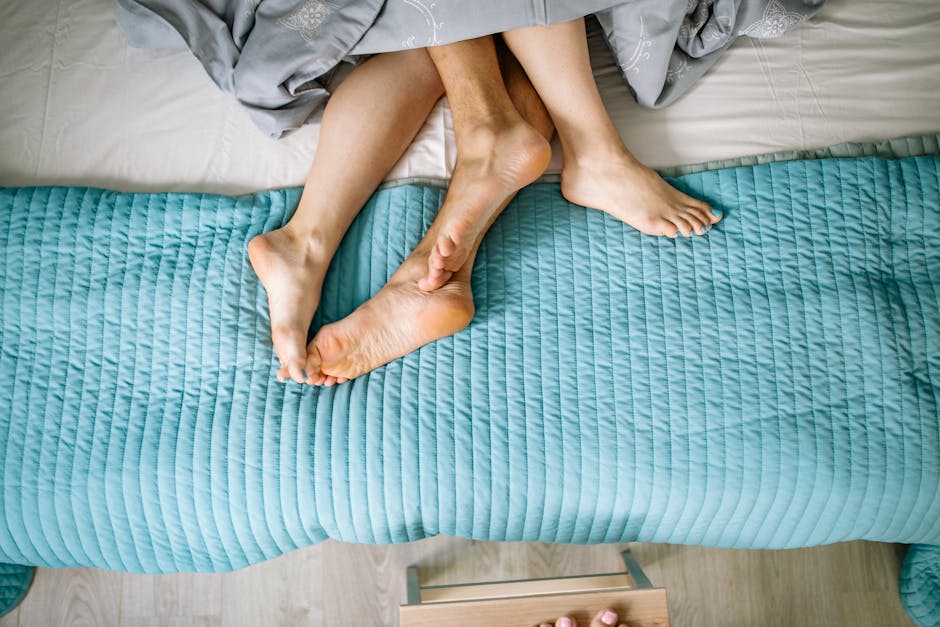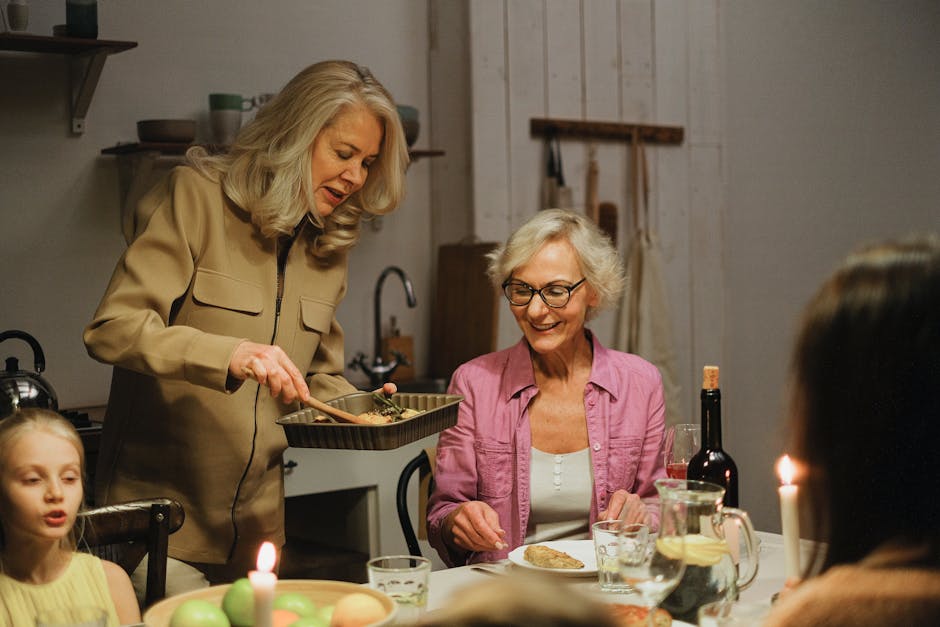So you’ve got a killer idea for a wordpress site. That’s the fun part. Now comes the slightly less fun part, the admin stuff. You need a name, an address for your site on the internet. A domain. It’s 2025, and getting a website up is easier than ever, but picking the place to buy your domain from… that part can still feel a bit like wading through mud. There are so many options, and they all kind of shout the same things at you. “Cheap domains!” “Free extras!” How do you know who’s actually good?
We’re going to look at the top domain providers for your WordPress project this year. No corporate speak, just a straight-up look at who’s good, who’s cheap, and who you should maybe avoid. Because the place you buy your domain from does matter. It can affect your site’s setup, your wallet, and your sanity when things don’t work right. Let’s get into it.
What to Look for in a WordPress Domain Provider?
Before we name names, you need to know what you’re even looking for. What you really should be thinking about, before you even type a domain name into a search bar, is what makes one of these companies better than another. It’s not always just the price tag that you see on the front page, that’s for sure. There are a few things that separate the good from the okay.
pricing – The Obvious One
Okay, price is a big deal. Don’t just look at the first-year price. That’s the trick. They pull you in with a $2.99 deal for the first year. But then the renewal price can be $22.99. You need to look at the renewal cost because you’ll likely have your domain for a long time. Also check for hidden costs like WHOIS privacy. Some providers give it free, others charge extra.
Ease of Use (Especially for WordPress)
Your domain provider’s control panel shouldn’t require a degree in computer science. You need to be able to easily change your DNS settings. That’s how you point your domain name to your WordPress hosting. A confusing dashboard is a huge pain. Some providers even have one-click setups for popular hosts, which is a nice bonus.
Customer support – When Things Go Wrong
You might think you’ll never need support for a domain name. You will. Maybe you mess up a setting or your domain isn’t connecting right. You want support that is easy to reach and actually knows what they’re talking about. A good 24/7 live chat is usually a good sign. Because trust me something will go wrong at 2 AM.
The Best Domain Providers for WordPress in 2025: Our Top Picks
Alright, now for the main event. We’ve looked at a bunch of companies based on their prices, how easy they are to use, and their support. Here are the ones that are considered to be the best choices for anyone setting up a WordPress site in 2025. These are the ones we would recommend to a friend.
Namecheap
Namecheap is kind of the go-to for a lot of people. Their name says it all they are typically pretty affordable. Their first-year prices are good, and more importantly, their renewal prices are reasonable. They don’t hit you with a massive price hike after year one which is great.
What’s really good is that they give you free WHOIS privacy for life. This service hides your personal information like your name and address from a public database. Many other registrars charge a yearly fee for this. Their dashboard is easy to get around and connecting it to WordPress isnt a headache.
Domain.com
Then there’s Domain.com. Their whole thing is simplicity. They focus almost entirely on selling domains, so their site isn’t cluttered. You wont get a million pop-ups trying to sell you things you dont need. It’s a very straightforward experience for buying and managing your domain names.
They have been around a long time, so they’re a stable and reliable choice. The checkout process is generally clean. One thing to watch is that they often try to upsell you on things like email or site builders, but you can just ignore those if you’re using WordPress.
Bluehost
This one is a little different. Bluehost is primarily a web hosting company. In fact they are one of the officially recommended hosts by WordPress.org. The reason they’re on this list is because they offer a free domain name for the first year when you buy one of their hosting plans. This is a huge draw for beginners.
Getting a “free” domain sounds awesome, and for beginners, it often is. It simplifies everything. Your hosting and domain are in one place, managed with one login. The downside is that you have to use their hosting, and domain management options might not be as advanced as a dedicated registrar. But for convenience, it’s hard to beat.
GoDaddy
You can’t really talk about domains without mentioning GoDaddy. They are the biggest domain registrar in the world, by a lot. They spend a ton on marketing, so you’ve definitely heard of them. Their size means they have a huge selection of domain extensions and a powerful system.
Their initial prices look great but watch those renewal rates they can jump up. They are also famous for their aggressive upselling during the checkout process. It is something that can be annoying. Still, their support is generally available 24/7, and their tools are solid once you get used to them.
Porkbun
Here’s one you might not know. Porkbun is a bit of a fan favorite among web developers and people who own a lot of domains. They have a fun, quirky brand, but behind that is a really solid service. Their pricing is super transparent and consistently low, for both new registrations and renewals.
Like Namecheap, they include free WHOIS privacy. Their control panel is clean and modern, maybe one of the best around. For people who just want a no-fuss, honest, and cheap domain registrar, Porkbun is a fantastic choice that is gaining a lot of ground.
Should You Get Your Domain and Hosting from the Same Place?
It’s the big question people normally ask. Getting a free domain with your hosting from a company like Bluehost sounds like a no-brainer. And for many people starting out, it is the right call.
Pros of bundling:
It’s simpler. One bill, one login.
Often “free” domain for the first year.
Setup is automatic, no need to mess with DNS settings.
Cons of bundling:
You’re locked into that hosting provider.
Moving your domain later can be a bit more of a hassle.
The hosting might not be the best, you’re stuck with it.
Our advice? If you’re a total beginner and want the easiest path, bundle them. If you feel a bit more confident and want more flexibility, it is a better idea to keep your domain and hosting separate. Buying your domain from a place like Namecheap or Porkbun gives you the freedom to change web hosts whenever you want without any trouble.
Quick Tips for Picking Your Perfect Domain Name
Picking the provider is one thing, but the name itself is another. It can be a real challenge to find a good one that’s not already taken.
Keep it Short & Memorable: People should be able to remember it and type it easily.
Stick with .com if Possible: It’s still the most recognized and trusted domain extension.
Avoid Hyphens and Numbers: These just make it harder to say and easier to mistype.
Think Long-Term: Don’t pick a name that’s too trendy or specific if you might want to expand later.
Use a Domain Name Generator: If you’re stuck, these tools can give you some creative ideas.
Choosing the right domain provider for your WordPress site doesn’t have to be some massive ordeal. It’s really about finding a balance between a fair price, a system that doesn’t make you want to pull your hair out, and support that’s there when you need it. For 2025, you have some really solid choices that get the job done without any drama.
FAQ About WordPress Domain Providers
1. Can I move my domain name to another provider later?
Yes, you absolutely can. There’s a standard 60-day lock after you first register or transfer a domain. But after that, you’re free to move it to a different registrar. The process usually takes a few days.
2. What’s the real difference between .com, .net, and .org?
Originally, they had specific purposes: .com for commercial, .net for network, and .org for organization. Today, those lines are blurred. But .com is still seen as the top choice. People automatically type .com, so if you can get it, you should.
3. Do I really need that domain privacy thing (WHOIS)?
Yes, you probably should get it. Without it, your name, address, email, and phone number are listed in a public directory. This leads to a lot of spam calls and emails. Most good registrars now offer it for free, so it’s an easy choice.
4. How long does it take for a new domain to start working?
When you first register a domain, it’s usually active within minutes. When you connect it to your hosting, it can sometimes take anywhere from a few hours up to 48 hours for the DNS settings to update across the entire internet, but normally it’s much faster.
Key Takeaways
Look beyond the first-year price; renewal rates and freebies like WHOIS privacy are what matter.
Namecheap and Porkbun are excellent for budget-conscious users who want honest pricing and free privacy.
Bluehost is a top choice for beginners who want the convenience of bundled hosting and a free domain.
Keeping your domain registrar separate from your web host gives you more freedom and flexibility in the long run.
Your domain name is your brand, so choose a name that is simple, memorable, and easy to spell.



